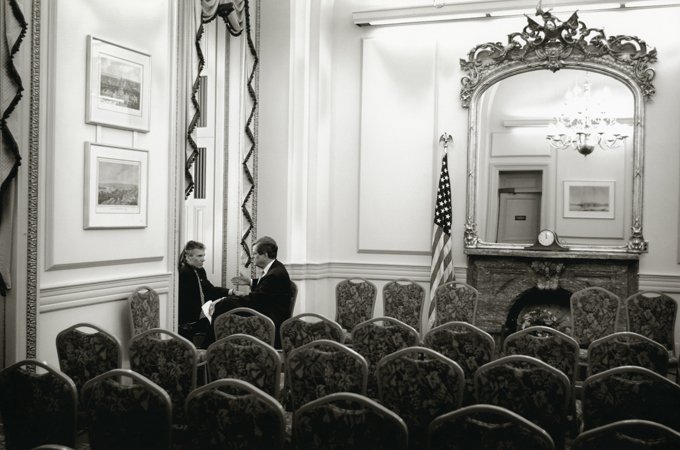
Sharing Power in the 107th United States Senate
In 2001, the 107th United States Senate became nearly evenly split; 49 Democrats, 50 Republicans, and 1 Democratic-voting Independent. Not since the 83rd Congress had there been such a close divide. Much like the 83rd, the split was decided by an Independent Senator. Jim Jeffords (I-VT) changed his party affiliation from Republican to Independent and caucused in favor of the Democrats. So began the complicated affair of the 107th United States Congress.
Senator Thomas A. Daschle (D-SD) acted as the majority leader for 17 days, from January 3rd to January 20th. During this time, Vice President Al Gore was still President of the Senate, giving the Democrats a slight majority due to his tie-breaking vote.
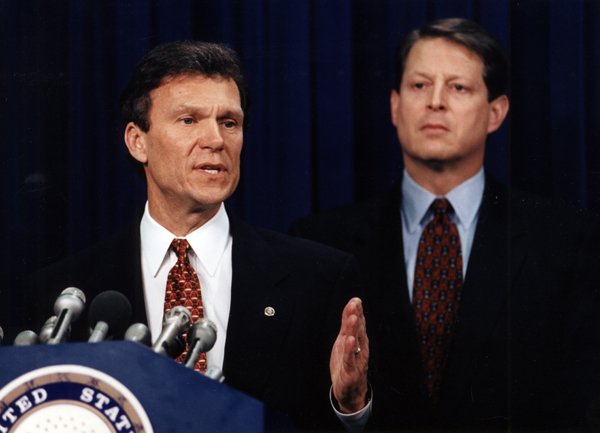
On January 20th, Al Gore was replaced by incoming President George W. Bush’s Vice President, Dick Cheney, ensuring that the Republicans became the majority party. With this shift, Senator Trent Lott (R-MS) became the majority leader while Daschle claimed the minority leadership position.
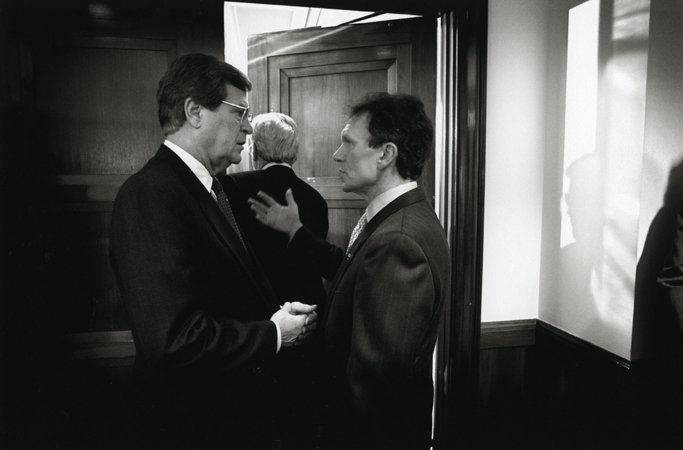
Despite their new majority, the Republican Party lacked the numerical advantage to work without compromising with the Democrats. Senators Daschle and Lott met to discuss the possibility of sharing power between the two parties before Congress was trapped in endless gridlock.
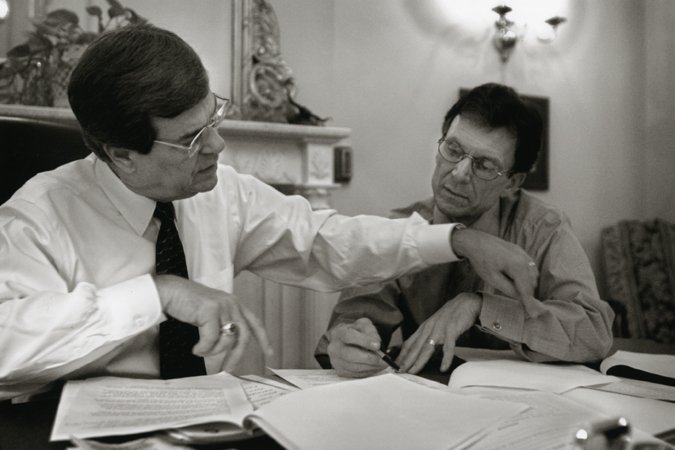
With a 50-50 split of the Senate at the beginning of the 107th session, Senators Daschle and Lott negotiated the status of the new Congress. The debate lasted weeks, with both sides being forced to make concessions to the other for a stable Senate.
“This is our work, the work of government. It’s our job. No matter how bitter the toe-to-toe fighting might sometimes become, you can never stop talking. Because if you don’t talk, you can’t govern. And that, in the end, is your obligation as a public servant—not to win elections, but to do the work of government once you do win.” Tom Daschle, Like No Other Time, 2003, p. 34
“It can force us to live up to the truest and best meaning of that word—non-partisanship, Americanship, that is what we ought to call it… This is a classic case of extending the hand of friendship, of good faith.” Trent Lott, Congressional Record January 5, 2001, Volume 145, Number 3.

Senate Resolution 8
Senate Resolution 8 was the result of their discussions. Despite the criticism Senator Lott received from some elements of his party for negotiating with the opposition, Resolution 8 was unanimously approved by the Senate. The resolution covered three main points of interest:
- “...the budgets and office space for such committees, and all other subgroups, shall likewise be equal, with up to an additional 10 percent to be allocated for administrative expenses...”
This was pushed for by Daschle to ensure the Democrat-focused committees did not receive slashed funding under a Republican Senate.
- "... each committee ratio shall be adjusted to reflect the ratio of the parties in the Senate...”
Both sides pressured for some form of this agreement, aiming to ensure that neither party had an overwhelming advantage in any committee despite the roughly equal division.
- “Pursuant to the provisions and exceptions listed above, the
following additional Standing Orders shall be in effect for the 107th Congress:- If a committee has not reported out a legislative item or nomination because of a tie vote, then, after notice of such tie vote has been transmitted to the Senate by that committee and printed in the Record, the Majority Leader or the Minority Leader may, only after consultation with the Chairman and Ranking Member of the committee, make a motion to discharge such legislative item or nomination...
- ...to insure that any cloture motion shall be offered for the purpose of bringing to a close debate, in no case shall it be in order for any cloture motion to be made on an amendable item during its first 12 hours of Senate debate...
- “Both Leaders shall seek to attain an equal balance of the interests of the two parties..."
Section three is primarily made up of a series of powers granted to the Majority and Minority Leaders not otherwise covered in sections one and two. This allows both leaders to keep committee balance of power in check, as well as ensure debates continue indefinitely.
The full transcript of Resolution 8 can be seen at Congress.gov.
Majority Swings
Senator Lott would remain majority leader until June 6th, 2001, when Jim Jeffords (I-VT) became an Independent and decided to caucus with the Democrats. Senator Daschle then reclaimed the majority leader seat for the Democrats.
The majority would switch one last time at the end of the 107th Congress due to the death of Senator Paul Wellstone (D-MN) and the defeat of Jean Carnahan (D-MO) in a special election. However, as Congress was not in session at the time, it was decided recognition would be delayed until the start of the 108th Congress.
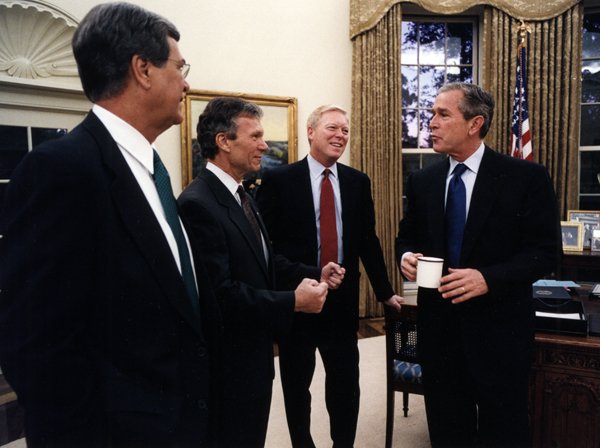
In 2021, the United States Senate split 50/50 again. Senator Daschle and Senator Lott wrote a piece for the January 15, 2021, edition of the Washington Post about their experiences in 2001 and of the challenges faced by the Senate leadership.
PF Bentley graciously granted permission for his photographs to be used in this virtual exhibit. For more information about Mr. Bentley's work, please visit his website at pfpix.com. See additional images of Senator Daschle taken by Mr. Bentley on his website.
Virtual exhibit by: Cage Consoer, archives student assistant and undergraduate student in political science at South Dakota State University.

